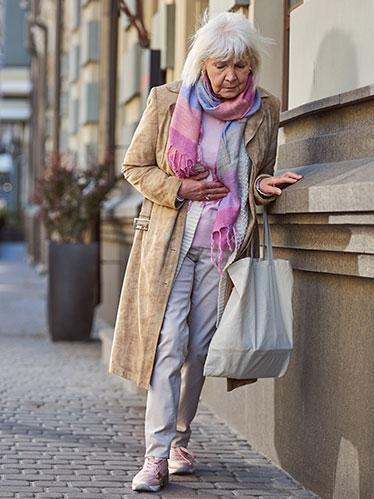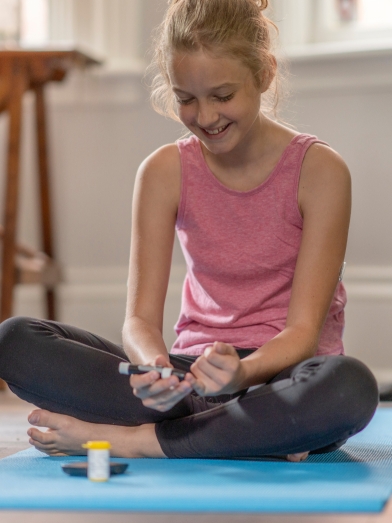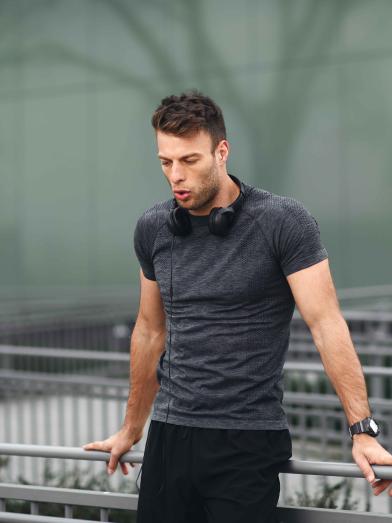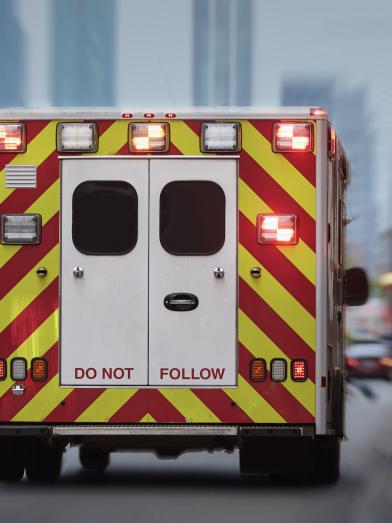How do you treat low blood glucose?
If you are experiencing a low, then you need to eat. Eating carbs is how you can raise your glucose levels. However, not all carbs are created equal. If your blood glucose is 70 mg/dL or below, try to follow the "15-15 Rule."
15-15 Rule
Consume 15 grams of fast-acting carbohydrates (carbs) to raise your blood glucose. Wait 15 minutes, then recheck your blood glucose again.
If it's still below 70 mg/dL, or your continuous glucose monitor (CGM) doesn't show your blood glucose trending up, have another 15 grams of fast-acting carbs.
Once your blood glucose is above 70 mg/dL, or is trending up on your CGM—and you won't be eating a meal soon—have a protein and carbohydrate snack (example: cheese crackers). This will help keep your blood glucose from dropping low again before your next meal.
What are fast acting carbs?
Fast acting carbs raise blood glucose quickly in your body. When food has higher fiber, fat, or protein , it slows down your body's ability to process it. Foods with chocolate or peanut butter are not the best choice for treating your low blood glucose. If you don't have fast-acting carbs, treat your low blood glucose with the food you have. It may take longer to bring your levels back up.
Here are several ideas for fast acting carbs that you can eat when you have low blood glucose. Be sure to follow the 15-15 Rule.
Examples of fast acting carbs
Glucose tablets - small, chewable tablets that provide 4-5 carbs per tablet and come in a variety of flavors. They are typically found in the diabetes care section of a pharmacy.
Glucose gel tube - a small tube of flavored gel that you squeeze into your mouth. One packet is approximately 15 carbs. They are typically found in the diabetes care section of a pharmacy.
1/2 cup (4 ounces) of juice or regular soda (not diet)
1 tablespoon of sugar or corn syrup (or, if older than 1 year, honey)
Hard candies or jellybeans - Check the nutrition label for how many to eat for 15 carbs
Additional info about treating a low glucose
It is a good idea to carry fast acting carbs with you wherever you are, as a low can happen at any time. Try keeping shelf stable snacks with fast acting carbs in your car, at your work place, in your bag, or by your bed.
While fast acting carbs are the best way to raise your glucose levels, you should have whatever is readily available that has carbs. Still follow the 15-15 rule.
Young children usually need less than 15 grams of carbs to treat a low blood glucose. Infants may need 8 grams and small children may need 10 grams—this is individualized. Discuss how many carbs are needed to treat low blood glucose in children with their diabetes care team.








